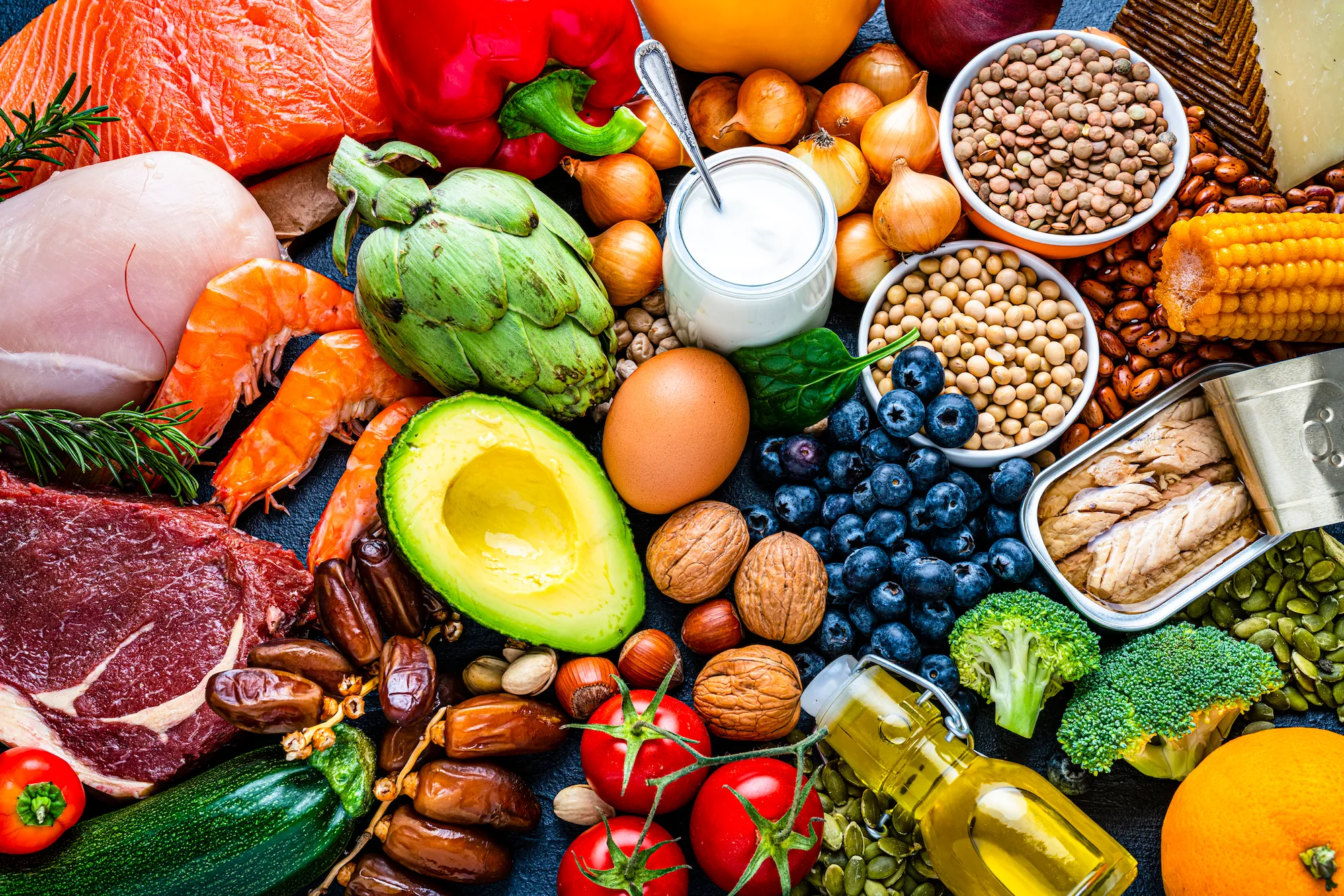Incorporating more fruits and vegetables into your diet is a fantastic way to boost your nutrition, increase fiber intake, and support overall health. Here are practical tips to help you eat more fruits and vegetables every day:
1. Plan Your Meals Around Produce
- Meal Prep: Dedicate time each week to wash, chop, and store fruits and vegetables in meal-sized portions. This makes it easier to grab them for snacks or add them to meals.
- Recipe Focus: Choose recipes that feature fruits and vegetables as main ingredients, such as salads, stir-fries, smoothies, and soups.
2. Make Them Accessible and Visible
- Keep Them Visible: Store fresh fruits and vegetables at eye level in the refrigerator or on the countertop. This makes them more likely to be chosen for snacks or meal preparation.
- Prepared Snacks: Prepare pre-cut vegetables or fruit salads and store them in clear containers for easy access when hunger strikes.
3. Start with Breakfast
- Smoothies: Blend fruits like berries, bananas, and spinach with yogurt or plant-based milk for a nutritious and filling breakfast.
- Oatmeal Toppings: Add fresh berries, sliced bananas, or diced apples to your morning oatmeal for added flavor and nutrients.
4. Pack Snacks Wisely
- Portable Options: Carry portable fruits like apples, oranges, or bananas with you for convenient snacking throughout the day.
- Veggie Dips: Pair sliced veggies (carrots, cucumbers, bell peppers) with hummus, guacamole, or yogurt-based dips for a satisfying snack.
5. Make Half Your Plate Fruits and Vegetables
- Visual Guide: Aim to fill half of your plate with a variety of colorful fruits and vegetables at each meal.
- Mixed Salads: Create salads with a mix of leafy greens, colorful vegetables, fruits, nuts, and seeds for added texture and flavor.
6. Experiment with Different Cooking Methods
- Roasting: Roast vegetables like broccoli, cauliflower, and sweet potatoes with olive oil, herbs, and spices for a delicious side dish.
- Grilling: Grill vegetables such as zucchini, eggplant, and bell peppers alongside your main protein for a flavorful meal.
- Stir-Frying: Stir-fry a mix of vegetables with tofu, tempeh, or lean protein for a quick and nutritious dinner.
7. Sneak Them into Your Favorites
- Pasta Dishes: Add sautéed spinach, cherry tomatoes, or mushrooms to pasta dishes for added nutrition and flavor.
- Sandwiches and Wraps: Pile sandwiches or wraps with lettuce, tomato, cucumber, avocado, and other favorite veggies.
8. Try New Varieties and Seasonal Produce
- Explore Variety: Experiment with different types of fruits and vegetables that are in season or new to you. This keeps meals exciting and introduces new nutrients.
- Local Farmers Markets: Visit farmers markets to find fresh, seasonal produce and support local growers.
9. Use Fruits and Vegetables as Natural Sweeteners
- Natural Sweetness: Use fruits like berries, bananas, or dates to sweeten yogurt, oatmeal, smoothies, and baked goods instead of refined sugars.
10. Stay Positive and Persistent
- Gradual Changes: Start by incorporating one additional serving of fruits or vegetables per day and gradually increase intake as you become accustomed to it.
- Enjoy the Process: Celebrate your successes and find joy in trying new recipes and discovering delicious ways to incorporate more fruits and vegetables into your diet.
Conclusion
By incorporating these practical tips into your daily routine, you can easily increase your intake of fruits and vegetables, leading to improved health and well-being. Remember, variety is key, so aim to include a rainbow of colors on your plate to ensure you’re getting a wide range of nutrients.











